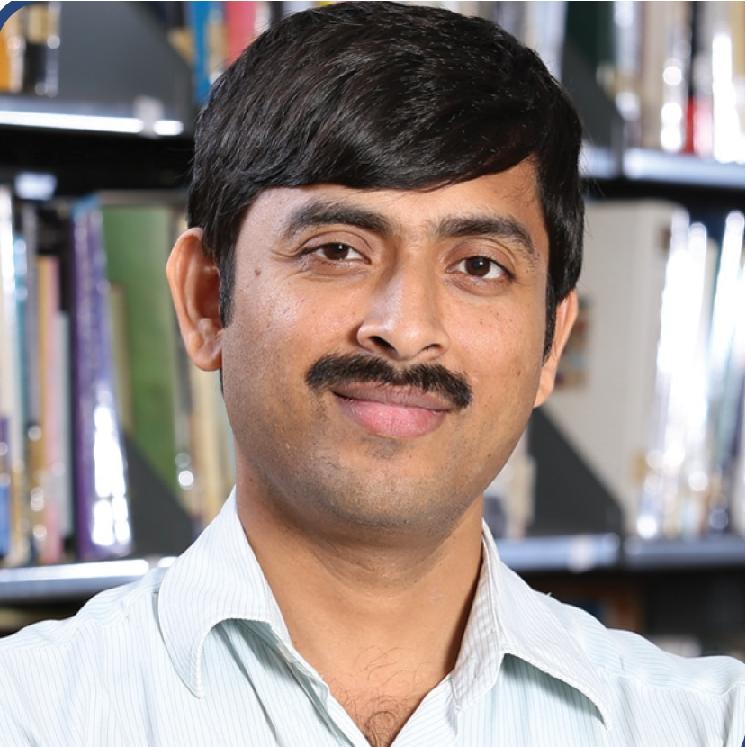
About Me
I am from a remote village in West Bengal. I work at the Physical Research Laboratory (PRL) in Ahmedabad. Besides PRL, I also worked in The University of Virginia, S N Bose National Centre for Basic Sciecnes, and Leiden Observatory. Besides my work, I love reading and classical music.
Contact Details
Kinsuk Acharyya
Navrangpura, Ahmedabad, 380009
Gujarat, India
Phone:+91(0)7926314521 (office)
Email:[email protected] (office)
[email protected] (personal)